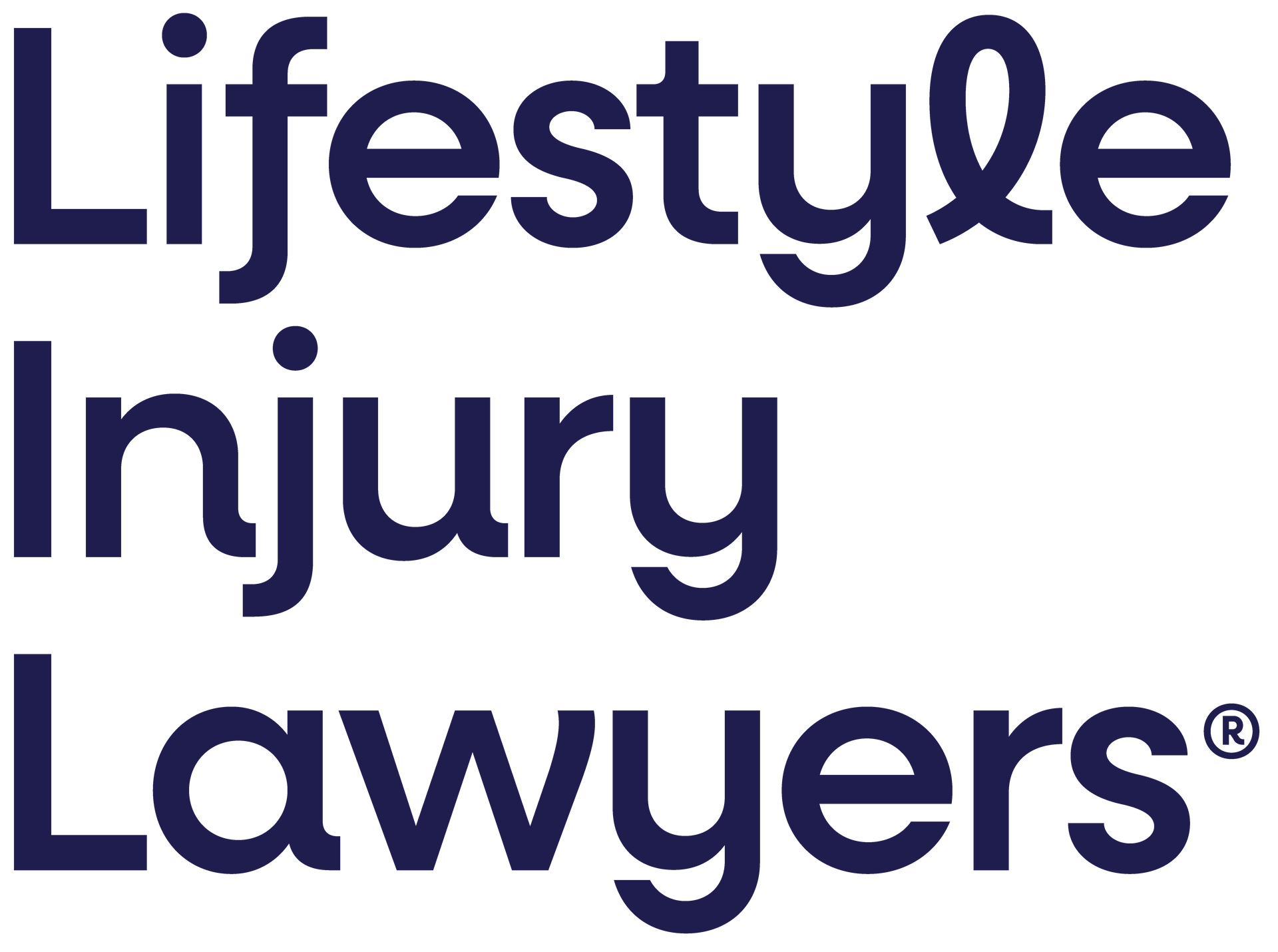Have you suffered whiplash from an accident? At Lifestyle Injury Lawyers, we combine treatment and compensation to ensure you’re well covered. Book a free consultation today!
The aftermath of whiplash from a car accident extends far beyond physical discomfort. While the injury manifests in symptoms ranging from persistent neck pain to severe mobility restrictions, its impact often cascades into broader concerns about recovery, treatment costs, and legal entitlements. In fact, a study found that roughly 50% of individuals who had whiplash injuries recovered after two years.
In this guide, we’ll consider the therapeutic journey and compensation landscape to help you manage your recovery while protecting your legal rights in Queensland’s complex personal injury system.
Understanding Whiplash: Causes and Symptoms
Whiplash is a type of neck injury that occurs when the head is abruptly forced back and forth in a motion similar to that of a whip. This sudden movement can strain and damage the muscles, tendons, and ligaments in the neck. Although it’s commonly associated with rear-end collisions, whiplash can occur in any accident where there is sudden force applied to the head and neck.
Symptoms of Whiplash
The signs of whiplash might not be noticeable right away. In some cases, they develop over the course of a few hours or days. According to the Mayo Clinic, common signs of whiplash include:
- Neck Pain and Stiffness: Can range from a mild discomfort to sharp pain that limits your neck movement. Stiffness may worsen during the first few days after the injury.
- Headaches: Often start at the base of the skull and may radiate to the forehead. The headaches can be persistent, and their intensity may increase with neck movement.
- Shoulder and Upper Back Pain: Pain can extend to the shoulders and upper back, interfering with everyday tasks like reaching, lifting, or even sitting comfortably.
- Dizziness and Fatigue: Common after a car accident, this fatigue is often more profound than normal tiredness and can impact your ability to concentrate at work or carry out basic tasks.
- Tingling or Numbness: May be experienced in their arms, hands, or fingers when the nerves in the neck are affected by the injury.
Initial Steps to Take After a Whiplash Injury
Remember, taking these early steps can significantly affect both your health and your ability to claim compensation.
Seek Medical Attention Immediately
Even if you feel okay right after the crash, it’s essential to consult a healthcare professional as soon as possible. Here’s why:
- Delayed Onset of Symptoms: Many whiplash symptoms develop hours or even days after the incident, and seeking prompt medical care can ensure a more accurate diagnosis and timely treatment.
- Prevention of Chronic Conditions: Early intervention can help prevent the injury from worsening or developing into long-term, chronic pain.
- Documentation for Claims: A medical report serves as important evidence should you decide to pursue a motor vehicle accident (MVA) claim, strengthening your case.
- Tailored Treatment Plan: A medical professional can recommend the most suitable treatment options based on the severity of your injury.
Document All Relevant Details
It’s important to record all details of the accident and your injuries to aid in your medical treatment and any future legal claims. Keep records of:
- Accident Information: Record the time, location, and circumstances surrounding the accident. If possible, take photos of the accident scene and vehicle damage.
- Witness Details: Get the names and contact details of anyone who witnessed the accident.
- Medical Records: Keep track of your doctor visits, treatments, medications, and any other medical documents.
- Impact on Daily Life: Note how the injury affects your daily activities, including your ability to work, complete household chores, or perform hobbies.
Treatment Options for Whiplash
Treating whiplash typically involves a combination of professional care, self-management strategies, and alternative therapies. The goal is to reduce pain, restore mobility, and promote long-term recovery.
Professional Medical Care
Your healthcare provider may suggest the following treatments depending on the severity of your injury.
Pain Management
For pain relief, your doctor may recommend:
- Over-the-counter medications such as paracetamol for mild to moderate pain.
- Prescription painkillers for more severe pain.
- Muscle relaxants to alleviate muscle spasms.
- Anti-inflammatory medications to reduce swelling.
Physical Therapy
A physiotherapist can provide:
- Personalised exercise plans aimed at improving neck strength and flexibility.
- Manual therapy techniques to alleviate pain and increase mobility.
- Posture correction strategies to reduce strain on your neck in the long term.
Self-Care Strategies
While medical treatment is crucial, self-care can help accelerate recovery and manage pain. Consider incorporating these strategies into your recovery plan:
- Rest and Modify Activities: Allow your body time to heal by resting for 24–48 hours after the injury. Gradually return to normal activities as pain permits, and avoid movements or tasks that trigger discomfort.
- Positioning and Posture: Change your sitting, sleeping, and standing positions frequently to avoid stiffness. Sleeping with a supportive pillow can help reduce strain on your neck.
Heat therapy vs cold therapy
Cold therapy numbs the injured area, helping to relieve pain and reduce swelling and inflammation. Johns Hopkins Medicine suggests soaking a towel in cold water, freezing it in a bag, and then applying it to the affected area. Alternatively, you can make an ice pack by filling a sealable bag with ice and water, wrapping it in a damp cloth, and placing it on the injury.
In contrast, although heat therapy may improve blood flow and reduce muscle tension, its effectiveness for whiplash is uncertain. The University of Queensland notes that while some studies suggest it helps with early pain, others warn it may worsen swelling, and more research is needed to confirm its benefits.
Financial Considerations and Legal Support
The expenses involved in recovering from whiplash can accumulate rapidly. In addition to medical bills, you may also face lost income, transportation expenses, or the need for assistance with daily tasks. Having expert legal help, such as from our Car Accident Lawyers can ensure you obtain the compensation you’re entitled to.
Medical Expenses
These can include:
- Emergency room or doctor visits
- Diagnostic imaging (X-rays, MRIs)
- Prescription medications
- Physical therapy sessions
- Ongoing treatments such as massage therapy or chiropractic care
Additional Costs
Other potential costs include:
- Lost wages: If you are unable to work during your recovery.
- Travel expenses: You may need to travel to and from medical appointments, which can add up.
- Home modifications: In severe cases, you may need to make temporary adjustments to your home.
- Personal support: You may require help with household chores, childcare, or other daily tasks during your recovery.
Legal Rights and Compensation for Whiplash
In Queensland, if you suffer from whiplash due to a car accident, you may be entitled to compensation through several avenues, including:
- Compulsory Third Party (CTP) insurance claims if the accident was caused by another driver.
- Workers’ compensation if the injury occurred while at work.
- Public liability claims if the accident happened in a public place or due to someone else’s negligence
However, compensation payouts can vary depending on the severity of the injury and its impact on your life.
Long-Term Recovery Tips
Track Your Progress
Keep a record of your symptoms and treatment. Document any changes in pain levels, improvements in mobility, and your response to medications and therapies.
Prevent Future Injuries
Once your neck heals, it’s important to maintain proper posture, strengthen neck muscles, and reduce stress. Implementing good ergonomic practices at work and engaging in regular exercise can help prevent future neck injuries.
We Support Your Recovery
Recovering from whiplash involves both physical healing and securing appropriate compensation. If you have been injured in a car accident, it’s essential to seek legal advice as soon as possible. At Lifestyle Injury Lawyers, we offer a free, no-obligation initial consultation and no-win, no-fee, so you won’t have to pay upfront fees.
Ready to start your claim? Get a free claim check or talk to one of our Gold Coast Car Accident Lawyers today.

